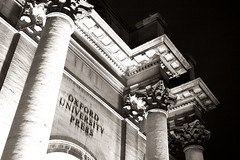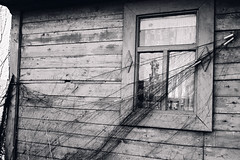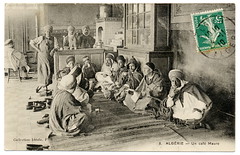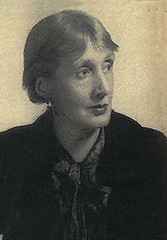I published my first book with a university press. The process was long, slow, and often arduous. Would I do it again? Absolutely.
University presses take a long view of writing: the books they publish contribute to knowledge, build on tradition, and rely on the checks and balances of a community of thinkers, writers and researchers through peer review. The review process of book manuscripts (i.e. books before they are published) in the humanities is usually single-blind: evaluating readers may know the identity of the author, but the reviewers remain anonymous.
Bottom line: university presses publish a large number of books that would never see the light of day otherwise. These presses and the texts they disseminate are important for our culture, our memory, and for the way that future generations will regard us.
To those watching (and waiting for!) a friend or loved one to make their way through the academic publication process, the route can seem incredibly long.
Let me explain how it works:
1. Start working on a book and get enough of it done that you can convincingly pitch it to a press and send a good sample (usually 50 pages).
2. Send a book prospectus (cover letter, CV, book outline, sample chapter or two) out to as many presses as you can think of that publish in your field and wait.
3. Brace yourself for rejections and wait for a positive reply. Good news at this stage doesn’t mean the press wants to publish you – only that they will give you a shot at peer review once the book is finished.
4. Write the book and send the completed manuscript to the press.
5. Wait for the press to find two readers (i.e. experts in your field or the book’s topic) to evaluate the manuscript and write reports. This is peer review.
6. Be patient, because everyone is busy, and the payment for peer review is mostly symbolic. It could take six months.
7. Steel yourself for the reports when they arrive. Peer review can be nasty (but isn’t always).
8. Write a response to the readers’ reports, explaining how you will deal with criticisms or concerns that the readers raised. Often you will be required to do additional research or rewrite entire sections of the book, depending on how your review went.
9. Wait while the press’s board of directors votes on your book. If this goes well, they will issue a contract that nevertheless contains a clause that allows for rejection if you deliver and unsatisfactory text.
10. Get back to the book and start editing.
11. Submit the final manuscript and wait for news as to when the book will appear. It could be eighteen months or more before it’s published. University presses are strapped for resources and have to pace themselves carefully.
12. Production: copyediting, proofreading, indexing. This could take another six months.
13. Publication!
[Photo: Daveybot]











